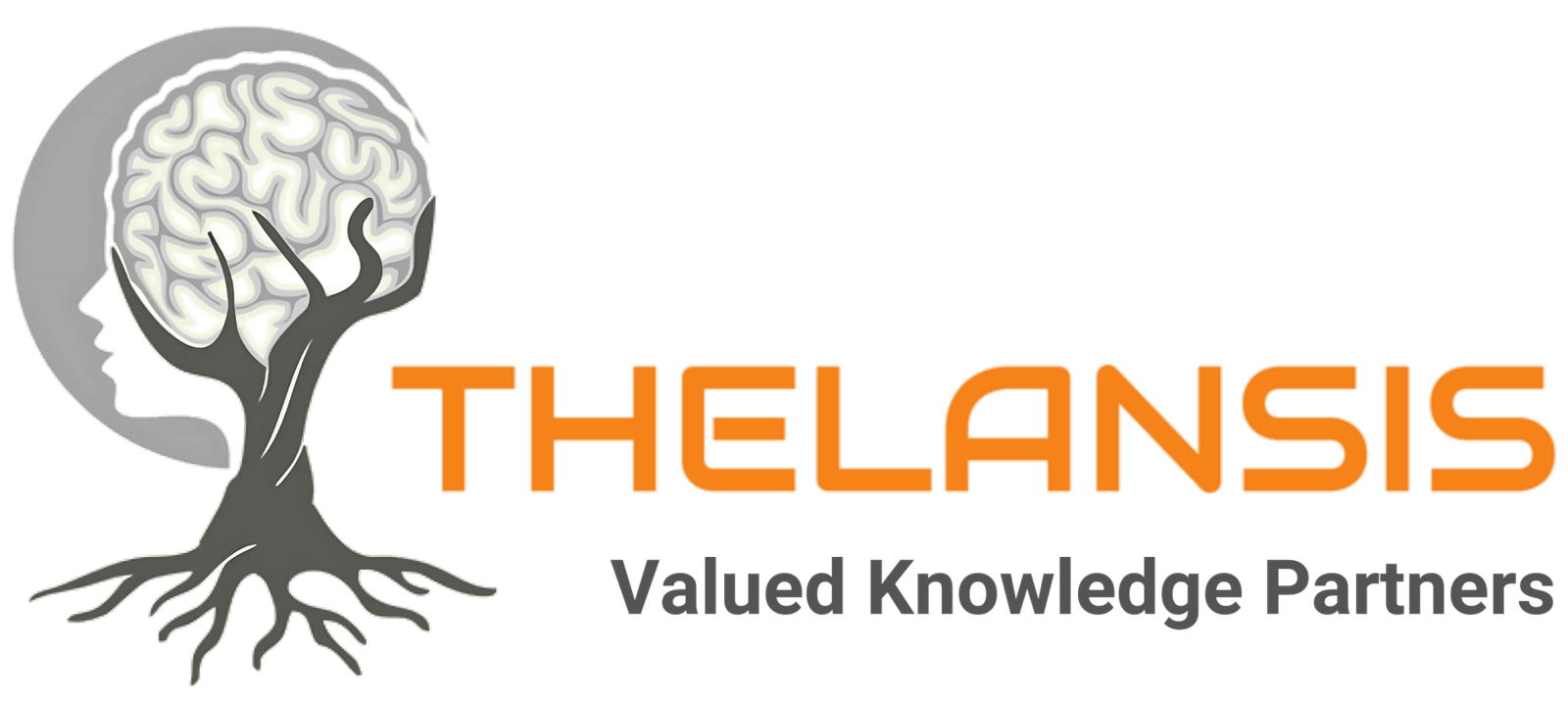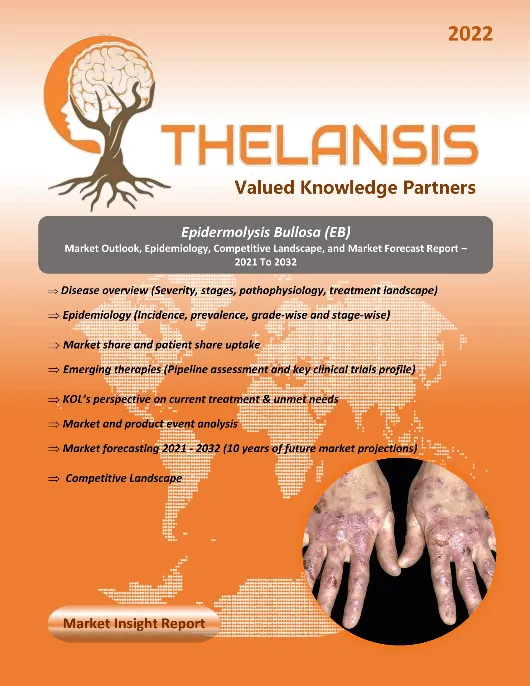Follicular Lymphoma (FL) – Emerging Therapy, with Unmet Needs and TPP Insights Report – 2024 To 2034
- Published Date : December 11, 2024
- Updated On : September 14, 2025
- Pages : 53
Follicular Lymphoma (FL) Emerging Therapy and TPP Insights
Thelansis’s “Follicular Lymphoma (FL) Emerging Therapy, with Unmet Needs and TPP Insights Report – 2024 To 2034″ provides a comprehensive analysis of the emerging competitive landscape, unmet needs, target product profiles (TPPs), trial designs, and KOL insights on key emerging therapies and key drug development opportunities in the indication.
Follicular Lymphoma (FL) Overview
Follicular lymphoma, accounting for approximately 20–30% of all non-Hodgkin lymphomas, is the most common subtype of indolent (low-grade) B-cell lymphoma. It arises from germinal center B cells and is typically identified histologically by neoplastic follicles that disrupt normal lymph node architecture, with tumor cells arranged in circular or clustered patterns. The underlying cause remains unknown, and there is no evidence implicating infectious agents, making the disease non-contagious. More than 90% of cases express CD20, a surface antigen that enables targeted treatment with anti-CD20 monoclonal antibodies such as rituximab. Prognosis and risk assessment are guided by the FLIPI2 (Follicular Lymphoma International Prognostic Index 2), which incorporates clinical parameters including elevated beta-2 microglobulin, bone marrow involvement, hemoglobin levels below 12 g/dL, lymph node diameter exceeding 6 cm, and age over 60. Based on these factors, five-year progression-free survival rates vary significantly: low-risk patients (0 factors) have an 80% survival rate, intermediate-risk (1–2 factors) around 51%, and high-risk (3–5 factors) only 19%. Treatment decisions depend on disease stage, symptom burden, and risk profile, ranging from watchful waiting in asymptomatic cases to immunochemotherapy or targeted agents in advanced disease.
Geography coverage:
G8 (United States, EU5 [France, Germany, Italy, Spain, U.K.], Japan, and China)
Insights driven by surveys* with physician / key opinion leaders:
- Survey findings are corroborated and enriched by insights from interviews with leading KOLs
*Survey is customized based on client requirements
Deliverables format:
- PowerPoint presentation
- MS Excel
Key business questions answered:
- Detailed emerging competitive landscape
- Pipeline analysis
- Target patients for emerging therapies
- Key companies
- Key mechanism of actions
- Launch date estimates, etc.
- Clinical trial landscape analysis
- Target patient segments
- Trial endpoints
- Trial design
- Recruitment criteria, etc.
- Unmet Needs and Opportunities
- Performance of key current therapies
- Top areas of unmet needs
- Opportunity sizing for key unmet needs
- Target Product Profiles
- Attributes and levels
- Physician likelihood of prescribing
- Expected patient shares
- KOL insights on key emerging therapies
- Level of awareness
- Expected use / line of therapy
- Extent to fulfil key unmet needs
- KOL quotes
Follicular Lymphoma (FL) Emerging Therapy and TPP Insights
Thelansis’s “Follicular Lymphoma (FL) Emerging Therapy, with Unmet Needs and TPP Insights Report – 2024 To 2034″ provides a comprehensive analysis of the emerging competitive landscape, unmet needs, target product profiles (TPPs), trial designs, and KOL insights on key emerging therapies and key drug development opportunities in the indication.
Follicular Lymphoma (FL) Overview
Follicular lymphoma, accounting for approximately 20–30% of all non-Hodgkin lymphomas, is the most common subtype of indolent (low-grade) B-cell lymphoma. It arises from germinal center B cells and is typically identified histologically by neoplastic follicles that disrupt normal lymph node architecture, with tumor cells arranged in circular or clustered patterns. The underlying cause remains unknown, and there is no evidence implicating infectious agents, making the disease non-contagious. More than 90% of cases express CD20, a surface antigen that enables targeted treatment with anti-CD20 monoclonal antibodies such as rituximab. Prognosis and risk assessment are guided by the FLIPI2 (Follicular Lymphoma International Prognostic Index 2), which incorporates clinical parameters including elevated beta-2 microglobulin, bone marrow involvement, hemoglobin levels below 12 g/dL, lymph node diameter exceeding 6 cm, and age over 60. Based on these factors, five-year progression-free survival rates vary significantly: low-risk patients (0 factors) have an 80% survival rate, intermediate-risk (1–2 factors) around 51%, and high-risk (3–5 factors) only 19%. Treatment decisions depend on disease stage, symptom burden, and risk profile, ranging from watchful waiting in asymptomatic cases to immunochemotherapy or targeted agents in advanced disease.
Geography coverage:
G8 (United States, EU5 [France, Germany, Italy, Spain, U.K.], Japan, and China)
Insights driven by surveys* with physician / key opinion leaders:
- Survey findings are corroborated and enriched by insights from interviews with leading KOLs
*Survey is customized based on client requirements
Deliverables format:
- PowerPoint presentation
- MS Excel
Key business questions answered:
- Detailed emerging competitive landscape
- Pipeline analysis
- Target patients for emerging therapies
- Key companies
- Key mechanism of actions
- Launch date estimates, etc.
- Clinical trial landscape analysis
- Target patient segments
- Trial endpoints
- Trial design
- Recruitment criteria, etc.
- Unmet Needs and Opportunities
- Performance of key current therapies
- Top areas of unmet needs
- Opportunity sizing for key unmet needs
- Target Product Profiles
- Attributes and levels
- Physician likelihood of prescribing
- Expected patient shares
- KOL insights on key emerging therapies
- Level of awareness
- Expected use / line of therapy
- Extent to fulfil key unmet needs
- KOL quotes
1. Key Findings and Analyst Commentary
- Key trends: market snapshots, SWOT analysis, commercial benefits and risk,etc.
2. Disease Context
- Disease definition, classification, etiology and pathophysiology, drug targets,etc.
3. Epidemiology
- Key takeaways
- Incidence / Prevalence
- Diagnosed and Drug-Treated populations
- Comorbidities
- Other relevant patient segments
4. Market Size and Forecast
- Key takeaways
- Market drivers and constraints
- Drug-class specific trends
- Country-specific trends
5. Competitive Landscape
- Current therapies
- Key takeaways
- Dx and Tx journey/algorithm
- Key current therapies – profiles and KOL insights
- Emerging therapies
- Key takeaways
- Notable late-phase emerging therapies – profiles, launch expectations, KOL insights
- Notable early-phase pipeline
6. Unmet Need and TPP Analysis
- Top unmet needs and future attainment by emerging therapies
- TPP analysis and KOL expectations
7. Regulatory and Reimbursement Environments (by country and payer insights)
8. Appendix (e.g., bibliography, methodology)
Table of contents (TOC)
1. Key Findings and Analyst Commentary
- Key trends: market snapshots, SWOT analysis, commercial benefits and risk,etc.
2. Disease Context
- Disease definition, classification, etiology and pathophysiology, drug targets,etc.
3. Epidemiology
- Key takeaways
- Incidence / Prevalence
- Diagnosed and Drug-Treated populations
- Comorbidities
- Other relevant patient segments
4. Market Size and Forecast
- Key takeaways
- Market drivers and constraints
- Drug-class specific trends
- Country-specific trends
5. Competitive Landscape
- Current therapies
- Key takeaways
- Dx and Tx journey/algorithm
- Key current therapies – profiles and KOL insights
- Emerging therapies
- Key takeaways
- Notable late-phase emerging therapies – profiles, launch expectations, KOL insights
- Notable early-phase pipeline
6. Unmet Need and TPP Analysis
- Top unmet needs and future attainment by emerging therapies
- TPP analysis and KOL expectations
7. Regulatory and Reimbursement Environments (by country and payer insights)
8. Appendix (e.g., bibliography, methodology)


